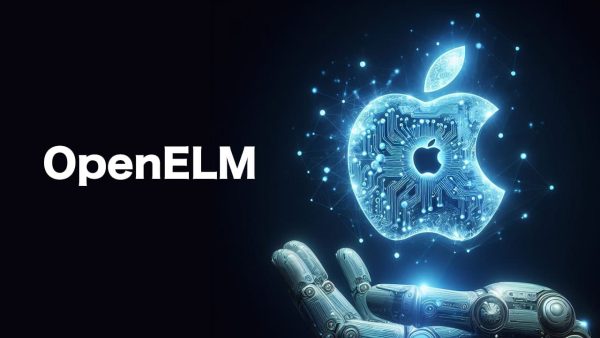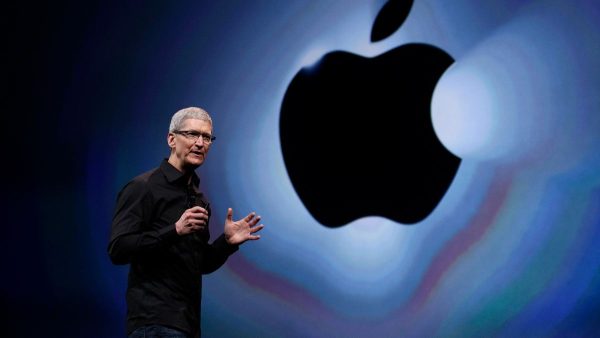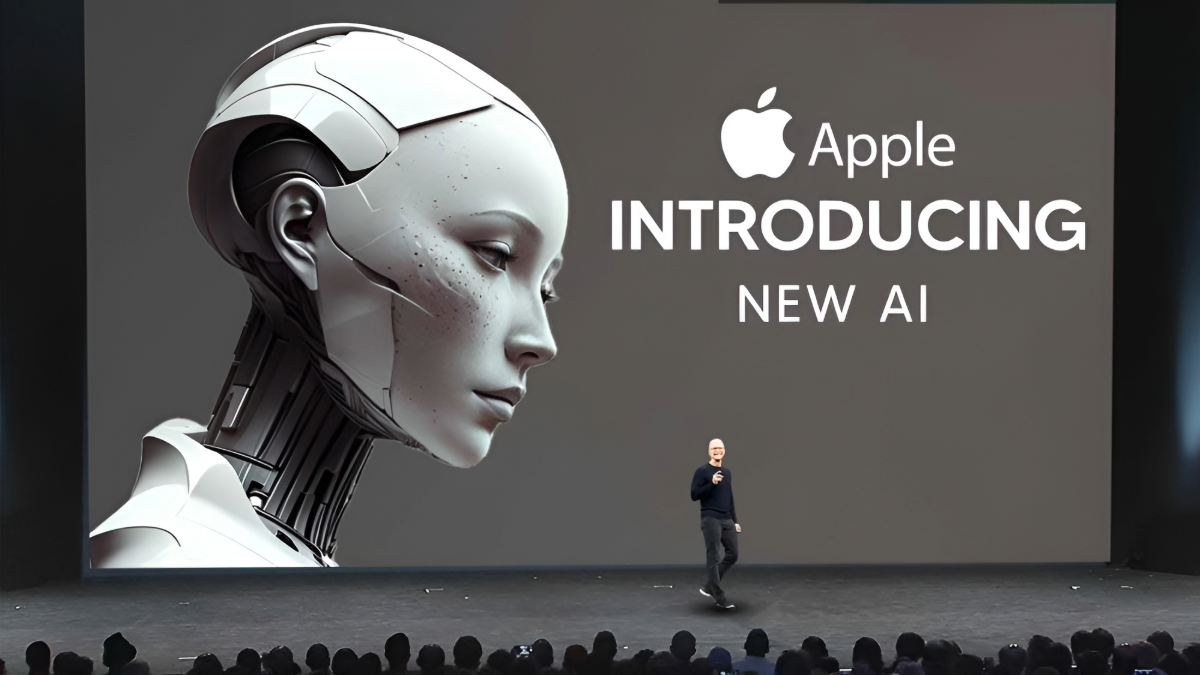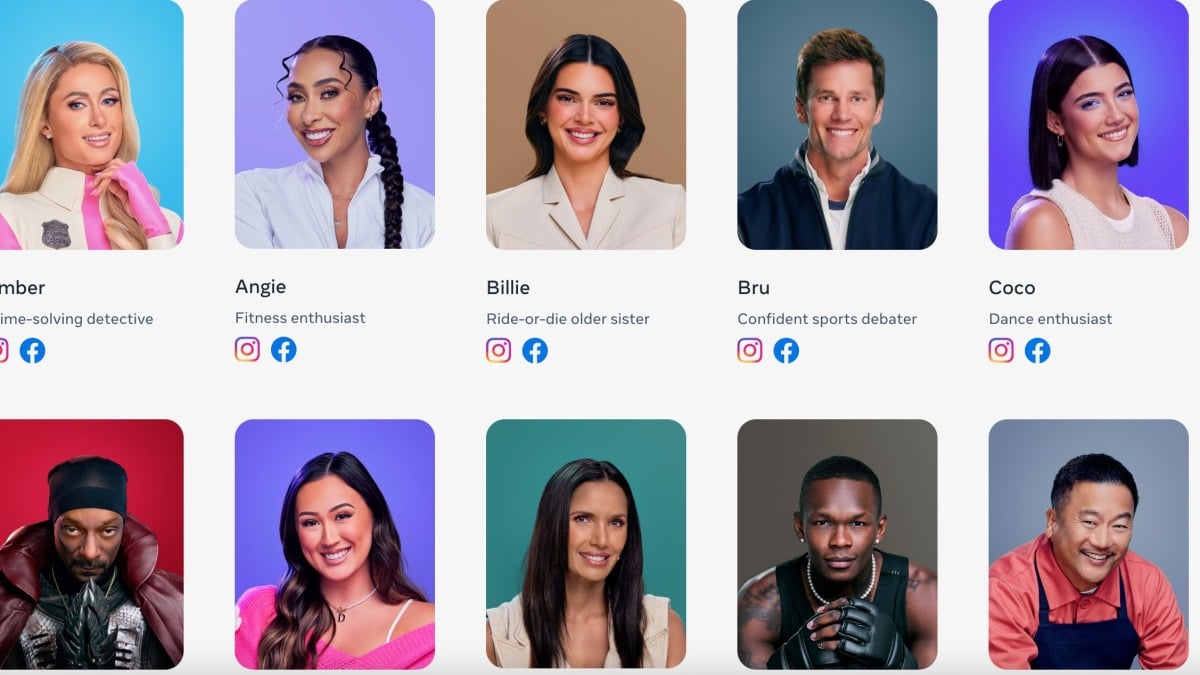Small language models have been running the AI world rampant over the last few years and Apple has unveiled theirs to the public. Apple recently introduced a series of smaller sources available in AI language models called Open ELM. The proposed language model will be operable on a smartphone.
Open ELM stands for “Open Source Efficient Language Models, ” currently available on Hugging Face, an online hub resource for open-source AI implementation. Users will also be required to have an Apple Sample Code License. Due to this restriction, it may not meet the requirements of an open-source language model but the source code of Open ELM is available to access nonetheless.

Apple’s Open ELM features from 270 million to 3 billion parameters across eight distinct models. In comparison, the largest language model, Meta is planning on introducing will include 400 billion parameters. Open AI’s Chat GPT-3 launched with 175 billion parameters. Parameters are the number of variables a language model can understand for decision-making processing based on its trained datasets.
The eight distinct models are represented as two groups. Four are pre-trained language models and the other four are instruction-tuned language models. Each model plays a key role in developing AI personal assistants and other useful tools to solve everyday problems.
Apple also released CoreNet’s source code, a library utilized to train Open ELM. Apple has made it clear that honest, transparent, and open lines of communication are crucial in developing AI tools responsibly.
Apple also stated, “The reproducibility and transparency of large language models are crucial for advancing open research, ensuring the trustworthiness of results, and enabling investigations into data and model biases, as well as potential risks.”
It’s rumored Apple will roll these innovative language models into their smartphones in an upcoming iOS 18 update, at last giving Siri a facelift.

During Apple’s quarterly earnings call in early February, CEO Tim Cook mentioned that generative AI features are something they’re working on. Generative AI features are expected to make their way to customers “later this year,” according to Cook.
Cook added, “As we look ahead, we will continue to invest in these and other technologies that will shape the future. That includes artificial intelligence, where we continue to spend a tremendous amount of time and effort, and we’re excited to share the details of our ongoing work in that space later this year.”
According to a Pew Research Center analysis, Generative AI works “by reviewing large amounts of information, such as the works of an artist or news organization.” Research suggests that 54 percent of Americans believe AI generative programs should credit their sources. While only 14 percent of Americans believe that AI programs shouldn’t have to credit their sources and about a third remain unsure, according to a survey conducted by the Pew Research Center.
More specifically, 67 percent of U.S. adults see the need for AI to credit their sources if it generates an imitated version of a pre-existing work. However, what does the onslaught of generative AI mean for the youth and its eventual adoption?
For starters, youth with lower levels of education may utilize AI significantly less than those with higher levels of education. For example, 63 percent of post-graduates and 57 percent of college graduates have said they’ve interacted with AI multiple times a week.
Those with lower levels of education have adopted AI language models at a less rapid rate. 36% of individuals with a high school diploma or less utilized AI while roughly 50% with some college education utilized AI. Additionally, OpenAI’s, Chat GPT-3 reached over 100 million users, one of the fastest adoption rates of any internet-based technology within the last decade. Notably, faster than Facebook, which took four and a half years to reach 100 million users.
And with AI making its way into our everyday lives, it may still not be in its most accessible form for all Americans yet. This problem may stem from its undeniably powerful ability to fool humans as many may not even realize they’re using it. For example, in a recent AI awareness survey conducted by Pew Research, only 30 percent of U.S. adults identified the presence of AI across six examples.
In hindsight of the advent of generative AI, it appears Americans are losing their ability to distinguish what is real and what is not. The rapidly emerging AI programs have seemingly caused this reality and it’s more than clear that humans are too late in their response because language models are already open source for anyone to use. Here’s to hoping no one uses it for the wrong reasons.













